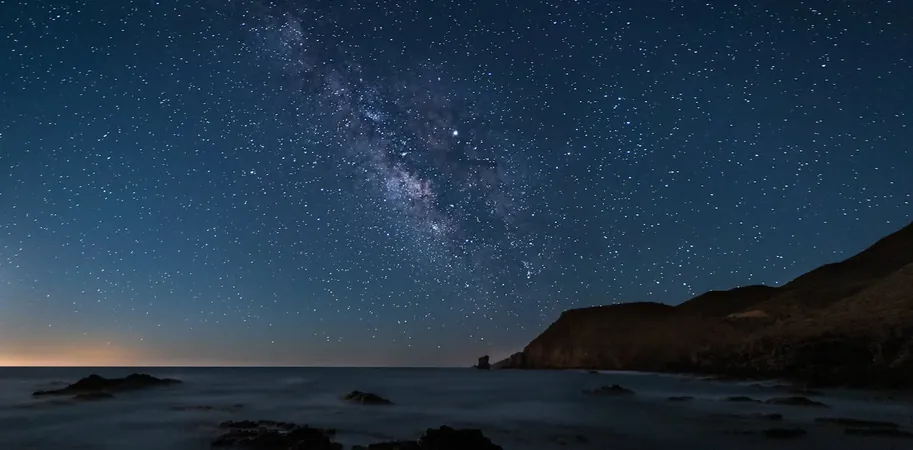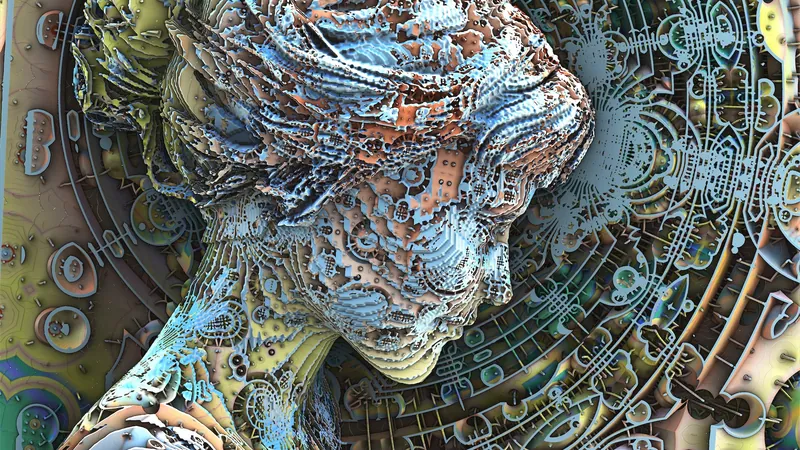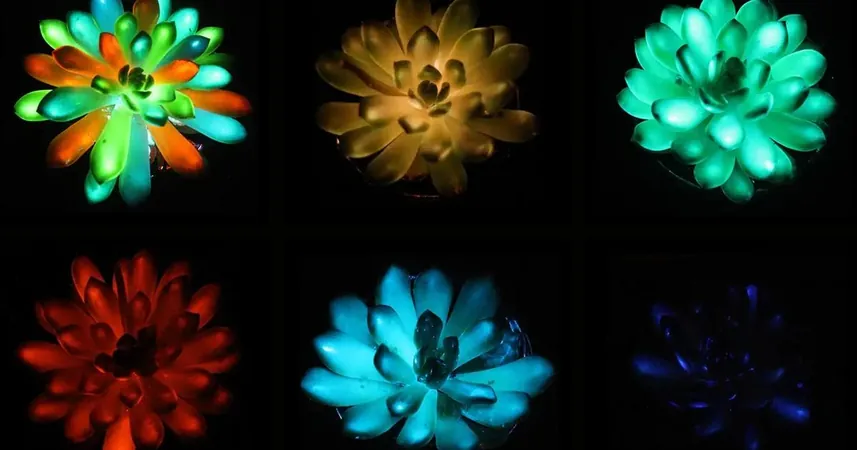
Light Pollution: The Invisible Thief Stealing Our View of the Universe
2025-07-29
Author: Emily
The Growing Threat of Light Pollution
As outdoor lights illuminate our streets and buildings, they’re also casting a shadow over the universe. Astronomers are sounding the alarm: artificial lighting is making it increasingly difficult to observe the cosmos.
In 2023, estimates revealed that human-generated light in the night sky is surging at an alarming rate of up to 10% each year. This surge jeopardizes our ability to study the stars as light pollution rolls back the darkness that once sheltered celestial wonders.
Ground-Based Telescopes: The Unsung Heroes
While the iconic Hubble and James Webb Space Telescopes orbit above the Earth, ground-based telescopes are also at the forefront of astronomical discovery. These mighty machines, with mirrors spanning 20 to 35 feet (6 to 10 meters), play a crucial role in advancing our understanding of the cosmos.
Currently, there are 17 ground-based telescopes boasting mirrors as large or larger than Webb's 20-foot (6-meter) mirror, with three more under construction, each set to eclipse its predecessors at an incredible 80 to 130 feet (24 to 40 meters). One standout is the Vera Rubin Observatory in Chile, equipped with a 28-foot mirror and a 3-gigapixel camera dedicated to mapping dark matter.
The Imperative for Darkness
To achieve its groundbreaking mission, the Rubin Observatory must collect data from galaxies that are 100 times fainter than the ambient light on Earth. Any stray light from roads or buildings threatens to drown out these faint signals, significantly hampering the observatory's work.
The LED Lighting Revolution: A Double-Edged Sword
The past decade has seen the rise of solid-state LED lights, heralded for their energy efficiency and diverse color spectrum. Initially, street lights emitted an orange-pink glow, limiting their impact on night sky darkness. However, as cities replace older systems with energy-efficient LEDs, the spectrum of emitted light has expanded dramatically into blue and green ranges, once the darkest parts of our night sky.
Contrary to expectations, a 2019 study by the U.S. Department of Energy found that while power consumption decreased, the actual amount of light pollution continued to rise. Increased efficiency allowed cities to maintain their lighting levels, exacerbating the issue.
Urban Expansion: The Encroachment of Civilization
As urban areas expand, even the most remote observatories are feeling the effects. Light domes from cities can brighten the skies up to 200 miles (320 kilometers) away, severely impairing the ability to detect faint celestial objects.
Historical sites like Mt. Wilson and Kitt Peak are prime examples, once boasting pristine views before being engulfed by urban sprawl. The Los Angeles area, once far from Mt. Wilson's dark skies, now houses over 18 million residents, casting a detrimental glow on astronomical observations.
A Looming Challenge for European Observatories
The European Southern Observatory in Chile, renowned for its cutting-edge optical technology, faces a modern dilemma. Plans by AES Chile to construct an industrial facility nearby threaten to compromise the area's dark sky. Even compliant lighting may scatter enough artificial light to disrupt the pristine conditions necessary for astronomical research.
A Dimming View for Humanity
Light pollution’s impact is not limited to astronomers; approximately 80% of people worldwide can no longer see the Milky Way on clear nights. Some cities emit so much light that residents cannot even adapt their eyes to the darkness.
As light pollution continues to escalate, the quest to safeguard our view of the universe becomes ever more urgent. Without action, we risk losing not just the stars, but the wonders of the cosmos that have inspired humanity for centuries.









 Brasil (PT)
Brasil (PT)
 Canada (EN)
Canada (EN)
 Chile (ES)
Chile (ES)
 Česko (CS)
Česko (CS)
 대한민국 (KO)
대한민국 (KO)
 España (ES)
España (ES)
 France (FR)
France (FR)
 Hong Kong (EN)
Hong Kong (EN)
 Italia (IT)
Italia (IT)
 日本 (JA)
日本 (JA)
 Magyarország (HU)
Magyarország (HU)
 Norge (NO)
Norge (NO)
 Polska (PL)
Polska (PL)
 Schweiz (DE)
Schweiz (DE)
 Singapore (EN)
Singapore (EN)
 Sverige (SV)
Sverige (SV)
 Suomi (FI)
Suomi (FI)
 Türkiye (TR)
Türkiye (TR)
 الإمارات العربية المتحدة (AR)
الإمارات العربية المتحدة (AR)